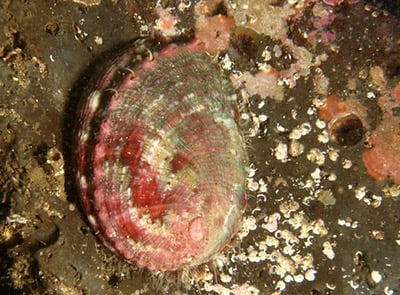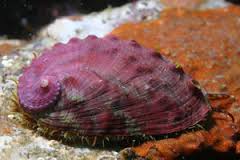The National Marine Fisheries Service has decided not to add the pinto abalone, a highly valued six-inch Pacific Ocean marine snail, to the endangered and threatened species lists.
There was a big campaign in favor of including the pinto abalone in the threatened species list as its population has dropped in Northern California.
The snail, a marine gastropod mollusk in the family Haliotidae, lives along the Pacific Coast of North America, from the southern tip of Baja California up to Alaska.
The petitioners pointed out a range of potential threats to the species, including overfishing, poaching, sea otter predation, and environmental change.
However, the agency said that the pinto abalone is not currently in danger of extinction, adding that, for the moment, it does not warrant the need for federal protection under the Endangered Species Act.

Juvenile pinto abalone. Photo Credit: D. Witting, NOAA.
According to the NOAA’s National Marine Fisheries Service:
“This decision was informed by the December 2014 Pinto Abalone Status Review report which compiled the best available information for the species.”
The pinto abalone is currently identified as a Species of Concern under the ESA by NMFS.
“Over-harvest and inadequate enforcement has impacted the abundance and population growth of wild populations, but not to the point that the species is likely at risk of extinction now or in the foreseeable future,” the agency said in a statement.
The decision has disappointed conservationists who believed that federal protection would help ensure long-term relief for the marine snail.
“While I’m still reviewing the decision, it is discouraging,” commented National Resource Diversity Center senior attorney, Brad Sewell.
Adding:
“I don’t know if the agency is going to wait until the species nears extinction, and if that’s the case it’s a poor strategy. These are species that science shows ocean acidification and climate change are going to do it in. The only way of saving the species is to address the health of the species early on and get it back to robust diverse populations.”

